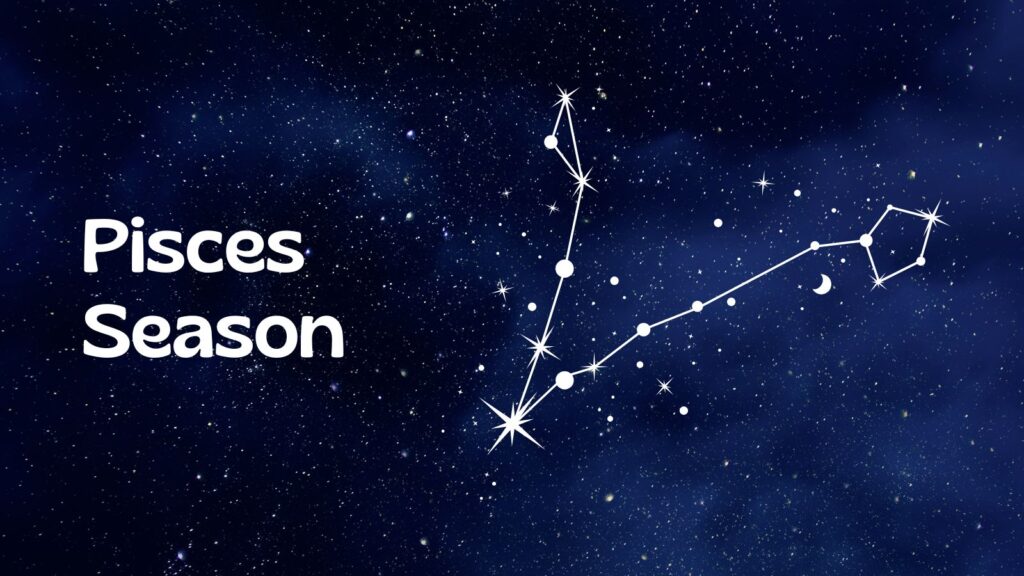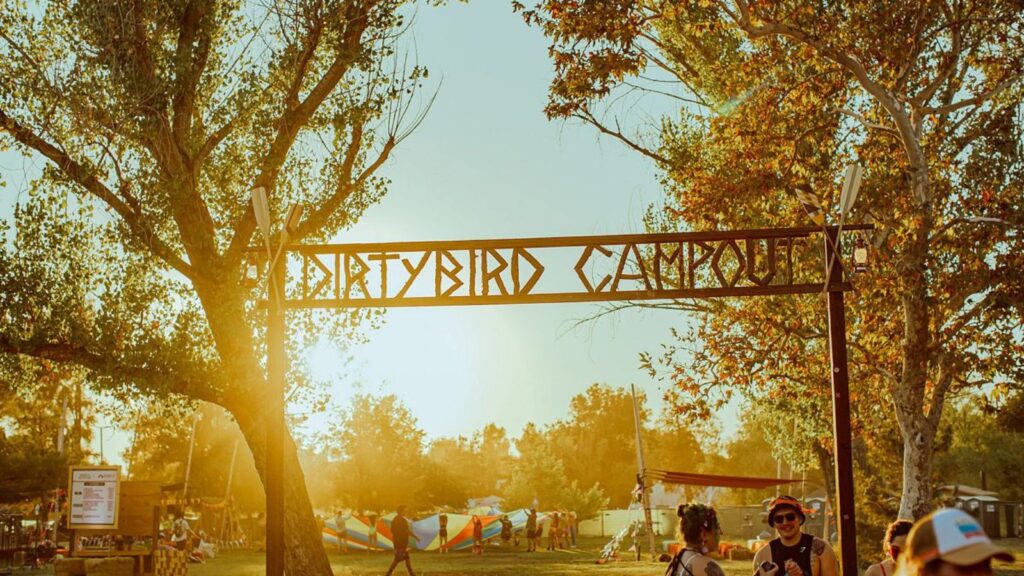When I tell people I devote a lot of attention to my dreams, I get a lot of the same sorts of questions, and give equally predictable answers.
“You interpret dreams?” Nope.
“Do you work through your dreams in therapy?” Nuh-uh.
“Then you must be into lucid dreaming?” Noooo, not really.
Don’t get me wrong: Dreams are rich with symbols that are rife with meaning, though I think the resonance of any particular image varies considerably from dreamer to dreamer and even to the same dreamer at different times. People do use dreams in therapeutic contexts to decode their minds’ secrets. I find lucid dreaming fascinating and have spent some effort cultivating it. But when it comes to dreams, none of this is really what I’m on about.
The Visionary Experience: Inspiration Across Art Forms
Interpreting dream symbols entails decoding hidden meanings that are relevant to the waking you. Working with dreams in therapy helps the waking self move toward a more integrated, sane manifestation of being in the world. Lucid dreaming involves experiencing waking consciousness in the dream world. In all these cases, the waking self dominates. Most of my interest stems from the experience of the dreaming self–the incredible experience of another mode of consciousness.
Humans have a deep-seated drive to mess with consciousness, to tweak the experience of being. As kids, we spin in circles and roll down hills. I used to tie my mother’s prism to my face so I could see the world in reverse. Then, I walked around the house pretending I was on the ceiling.
As adults, we experiment with alcohol, drugs, sex, and all manner of other intensities. Some of us dance ourselves into trance states or participate in sweat lodges, chant until we lose our own voices in the group, or marathon run until we break through to the zone where we don’t so much mind the pain. We seek to experience ourselves in new and different ways, to find novelty even in subjectivity.
Living Artfully Without Boundaries
Why do we have this compulsion to experiment with consciousness? When you manage to not quite be yourself, you gain a remarkable perspective on your existence, one that, in turn, offers insight into the world you inhabit. Think of the thrill you get when you see your own neighborhood from a plane. Contours of the land around you are revealed, otherwise unseen patterns produced by the grids of streets emerge. From distant points of view, the familiar becomes novel.
Now imagine how much more exciting it is to glimpse your own life from a distance. When you perceive the most familiar aspects of existence–yourself and your world–anew, you invite in the visionary.
There’s another reason why we love to experience ourselves in novel ways: it’s fun! Experimenting with consciousness often takes the form of play. My approach to dream work follows this principle. Dream interpretation and therapeutic approaches insist on attaching meaning to dreams. Why not simply let the experience have its own intrinsic value? Last night, submerged in a very deep puddle, I realized I could breathe underwater. Then I grew to enormous size, like Godzilla, and walked around the city looking for myself in the puddle. How cool is that?
Consider how much effort people put into playing with consciousness. We travel, pay money, break the law, suffer hangovers, confuse our families, employers, and neighbors, or worse. This kind of play can take a lot of work. But it doesn’t have to. You can seek visionary experiences, step far enough outside the ordinary to gain perspective, without any of the costs or potential negative effects of drugs or voyages or sex. Try tapping into your dreams.
How can dabbling with dreams plunge you into play with consciousness? What do I mean when I talk about dreams as a path toward perception, as the title of this piece suggests? Let me tell you a story.

The Cycle of Creativity
In September 2012, my spouse and I traveled to Greece. We embarked on a pilgrimage in a Prius, meandering around the mainland and the Peloponnese, visiting ancient sites. This was a particularly meaningful journey for me. As a kid, I read the Greek myths over and over, and my sister and I sometimes acted them out.
Both my undergraduate and my Master’s degrees involved myth studies: Homer, Ovid, Sophocles, Euripides. I’ve always loved the immediacy of the relationship the ancient Greeks had with their gods (tragedy notwithstanding), and I still invoke some of them, mostly Hestia, Hermes, and Asclepius.
Our travels took us to Epidavros, the center of the dream healing cult of Asclepius; to Mycenae, where Agamemnon and Clytemnestra lived in glorious splendor sung by Homer; and to the temple of Poseidon in Sounion, perched high on a rocky point above the crashing, wine-dark sea. But the most magical place we went to was Delphi.
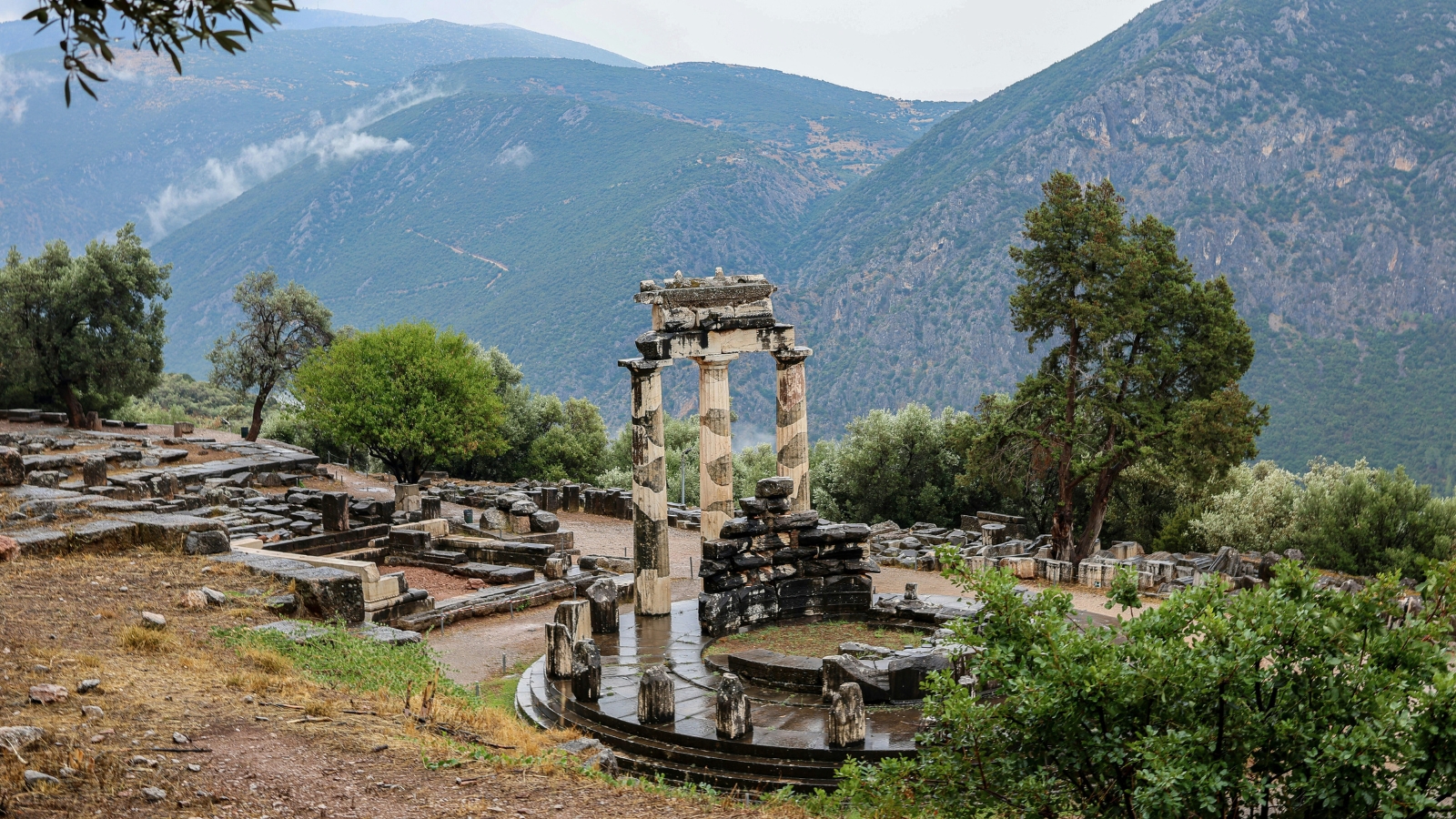
The Enigma of Delphi and Its Oracle
As you may know, Delphi famously housed the Pythia–the oracle at Delphi. This priestess, or sibyl, served as the mouthpiece for Apollo; he spoke through her and offered wisdom and prophecy. During the Classical period, which produced most of the philosophy, culture, and art that we think of when someone says ancient Greece, the Pythia exerted enormous influence at the highest echelons of power. The men who ran that world consulted her before they started wars, established colonies, or arranged their marriages.
Nobody knows exactly how the oracle did her thing. It is a matter of some debate. Popular theories claim she uttered howling gibberish, high on the fumes of a gaseous vent, and that priests of Apollo then translated these ravings into prophecy. The other side of the debate believes she spoke rationally, delivering her prophecies in a normal voice.
It’s not difficult to imagine that history might morph the story to represent a woman who held real power as raving and high, not really making sense unless explained by the male priests of the god of reason. It also seems like that over the hundreds of years that a Sybil served as oracle, her position and methods changed.
Though little is known about the actual oracular sessions, the Pythia shows up all over the literature of the time, from Plutarch to the plays. As the voice of Apollo, she perfectly embodies the direct contact Greeks had with their gods.
A Serendipitous Discovery Near Metéora
To reach Delphi we drove south to Metéora–a Greek Orthodox monastery complex built barely conceivable atop soaring sandstone pillars–Erik turned us off the road on a whim to go see a remote prehistoric cave dwelling at the top of a steep, craggy hill. As we rounded a curve in the winding, switchback road, we saw something move in the distance.
At first, I thought it must be a cat or a goat, but it didn’t move quite right for that. As we got closer, we made out the flapping of wings. Then it took off, and we realized what we were seeing: a massive eagle with about an eight-foot wingspan gripping an equally impressive snake in its talons. No doubt, to avoid us, the bird took off, doing its best to keep control of the twisting, thrashing serpent. It managed to hold on, but the snake’s substantial size kept the eagle weighted low to the ground.
As we jumped from the car to watch, the two, still engaged in their struggle, flapped downhill and disappeared behind a row of bushes. Astounding. How’s that for a symbolically rich vision?
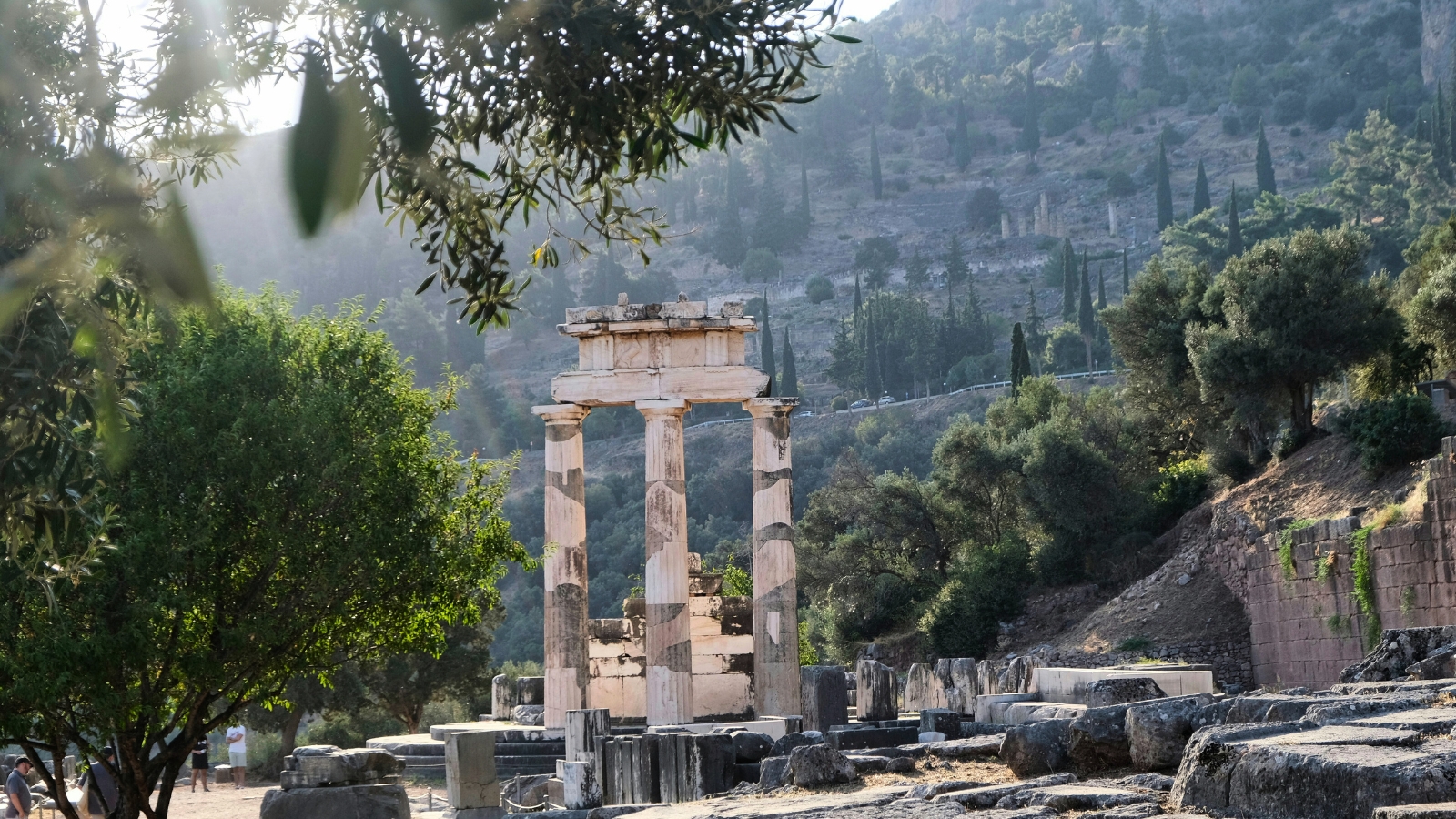
Delphi: Encountering the Past in the Present
Fast forward to our arrival in Delphi a couple of hours later. The setting is visually stunning. Look uphill from the edge of town, and you’ll see the sanctuary sprawling across the mountainside. Even from a distance, the size of the grounds is impressive. It takes a long time for the eye to travel over all of it.
Ruins of temples and treasuries, toppled statues and stones, curving paths through massive marble blocks; it goes on and on. Downhill, a vast panorama stretches for miles. A wide, ancient riverbed stretches for miles in either direction, mostly now dried up, reverted to fertile, lush land. In the distance, the massive mouth of the river pours into the Gulf of Corinth, glittering pale blue.
We eyed the site of the oracle with longing in the early evening light, but we’d planned to stay in town for two nights to allow ourselves an entire day to explore the museum and sanctuary. We really wanted to save it. Instead of climbing up toward the entrance, we decided to take a stroll along the road to enjoy the view of the oncoming sunset. An excellent choice.
As the temperature cooled and the misty air became tinted with rose and gold, we came upon a surprise: a smaller but still sizable temple complex about half a mile away from the main site. Puzzled, we climbed down the stone steps into the enclosure (no gate: apparently free to the public) and started to poke around.
We’d stumbled onto the Sanctuary of Athena Pronaia. It turns out that during the Neolithic period, the place where we now stand had been a center of Earth Goddess worship. That makes it likely to have predated Pythia’s scene up the hill. Eventually, the Greek gods moved in. Apollo got his big sanctuary, and the shrine we’d discovered, now dedicated to Athena, became the place where pilgrims stopped on the way to consult the oracle; Pronaia means “before the temple.”
In other words, completely by accident, we found ourselves following the path pilgrims traditionally walked to approach Apollo’s temple and consult the oracular Sybil. The posted signs that gave me this information also told me that on the road back toward town–further along the ancient route–we would encounter the remains of an ancient spring where supplicants stopped to cleanse and purify themselves for the sacred encounter. And as we walked back, indeed, there it was, or some version of it anyway.
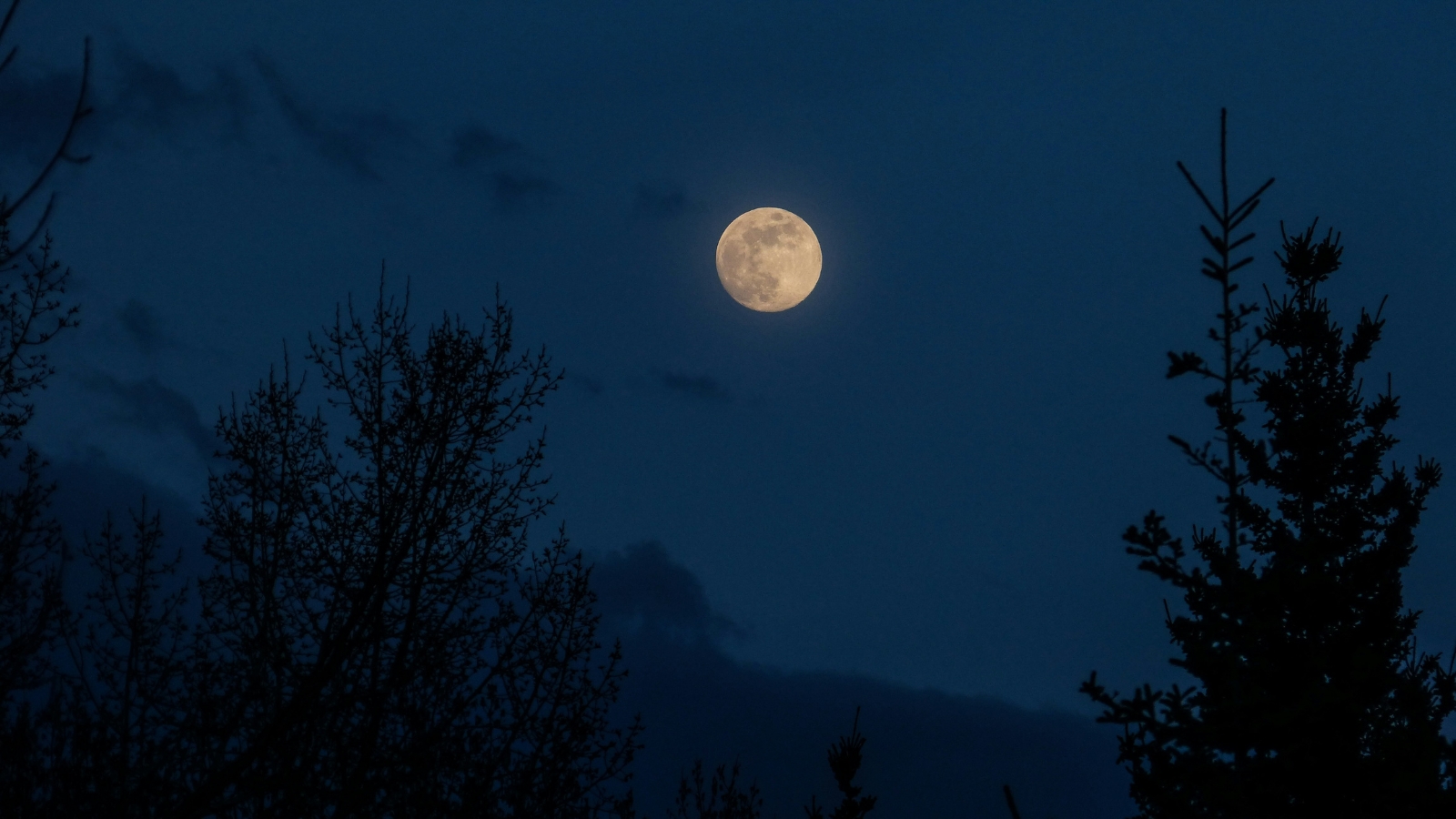
Encountering the Oracle Through Dreams
Purification: the physical cleansing of the body implies the clearing of the mind. Preparation for a sacred encounter. I stepped up to where a gush of water poured from the rock and cupped my hands to catch the stream. It pooled cool in the bowl formed by my palms and fingers, then ran out again over the sides. For a long time I stood still, concentrating on the feeling.
The ancient flow of water pooled briefly in the vessel formed by my cupped hands, then poured out again, bringing to mind the flow of time pooling in my body, which soon, too, would pour out, leaving me in the wake of history. Yet another pilgrim headed to the temple of Apollo, reproducing the movements of so many who had come before me, as others would after me.
For that moment, I felt connected to scores of others who had consulted the oracle. I considered what I wanted to ask the Pythia. And then I closed my eyes and I asked for a dream. My question: how do I meet the mythic and integrate it into my life?
The Modern Encounter with Ancient Wisdom
How does one meet the oracle at Delphi thousands of years after the last Pythia disappeared? A dead woman cannot answer questions. But after all, it isn’t exactly the woman I wanted to query. The oracle was, at any given time, a single person. But the succession of individuals whom history has not named also all together constitute the oracle. Even for the ancients, the oracle was as much an idea as she was an actual person. I cannot see Sybil as an individual woman. But the mythic idea of her remains in my mind. I can meet that.
Awake, I find myself trapped in the stream of time. Worship of Hellenic gods is not my tradition, and even if it was, those practices have long passed. In waking life, those traditions, like the Sybil herself, have faded away. But in the dream world, Apollo’s oracular priestess still serves the temple. That aspect of the oracle that exists as myth–that always did, for the ancients as well–exists in my imagination and, therefore, moves through my dreams.
The Sufi mystic Ibn ‘Arabi maintained that imagination is actually one of the senses of perception, just like sight, smell, touch, etc. His main interest lay in perceiving Allah; we can’t really experience the highest in any normal sense, but through devotion and imagination, encounters become possible. Aristotle also explored the relationship between imagination and perception in his 350 BCE treatise On Dreams.
On the surface, it seems that the perceptions that we get directly from our senses–vision, touch, taste, etc–underlie our interactions with the world. Aristotle thought differently. He posited that we take in the things we perceive with our senses and then build interior worlds based not just on what we’ve seen or felt but also on our own priorities, beliefs, and experiences. My grandparents’ house exists as a dilapidated Victorian oak-paneled affair that you can visit and walk through.
Mostly, though, I interact not with the house you can visit, but with the version I’ve internalized. The grand rooms, gilt mirrors, and stained glass windows that make up the house in my mind are my own reality of the house. Aristotle suggested that our intellect and imagination drew from our interior worlds, not from material reality. He also thought that we moved through that world in our dreams.
Imagine two realities superimposed: actual Delphi, with its tumbled Doric columns, and dream Delphi where priestesses can easily talk with gods. Now, awake, in the mode of consciousness of the person writing these words, I primarily inhabit the first world–historical, material reality. But when my subjective state rests in dream consciousness, I experience an objective reality with different possibilities. But there is a through line between these two experiences of consciousness, of Delphi. That is what allows me to encounter the oracle.
A Mysterious Vision at Twilight
Erik stood by the spring and waited while I watched the water run in and out of my hands. Then we turned and walked back to the town. In the deepening dark, ready for dinner, we found a table on the edge of a precipitous restaurant balcony overlooking the river valley. Night had enveloped us sufficiently to make seeing difficult, but out of the corner of my eye, I caught the sight of a massive owl alighting onto the railing of the next building, maybe ten feet away. I stared at the spot for a long time, barely able to see its form, but was rewarded when it took off again and swooped away. Owl: the avatar of Athena.
The Oracle Speaks in Dreams
In my dream that night, I saw a card that was like a tarot card. An Oracle card. The image on the card, a mostly black and white heavy line drawing of a woman, looked Gothic. I’m not sure if the woman was me. Her thick, black hair blew behind her and her red dress billowed out dramatically in the wind. In her outstretched hands, she held a heart, simultaneously a romantic, Valentine’s heart and an anatomical heart. The card was called The Heart.
Morning revealed a blazing hot, heat blasted day. Even in my floppy hat, I found the intensity of the sun overwhelming as we made our way to the site. Along the path that wound up the hill through the sanctuary, I found a shady spot nestled against a weathered, crumbling wall.
Curled up on a huge block of marble–a building block of some now defunct structure–I settled in to take a nap. Instead of falling completely asleep, I drifted in and out of hypnagogia. Birdsong and a gentle wind blended with the murmurs of passing tourists. I felt a deep sense of peace, and again I asked the oracle for a dream.

The Oracle’s Response Through Symbolism
That night, in my sleep, I was given directions to make a card to match the first. It should contain the color electric blue. The name of the card was My Own Death. The dream also involved me giving a lecture on self-reflection or self-reflexivity. I’m not sure what that means. Inscrutable utterances were a specialty of the oracle.
Together these two dreams offered several answers to my question about how to meet the mythic and integrate it into my life. Make cards; use creativity. Take images and ideas from the conceptual, non-material, symbol-rich dream realm and manifest them as material objects in the waking world. Figure out how to visually represent My Own Death with only the guidelines of electric blue and the idea of self-reflection. Meditate on the experience of consulting the oracle and getting a response via my dreams.
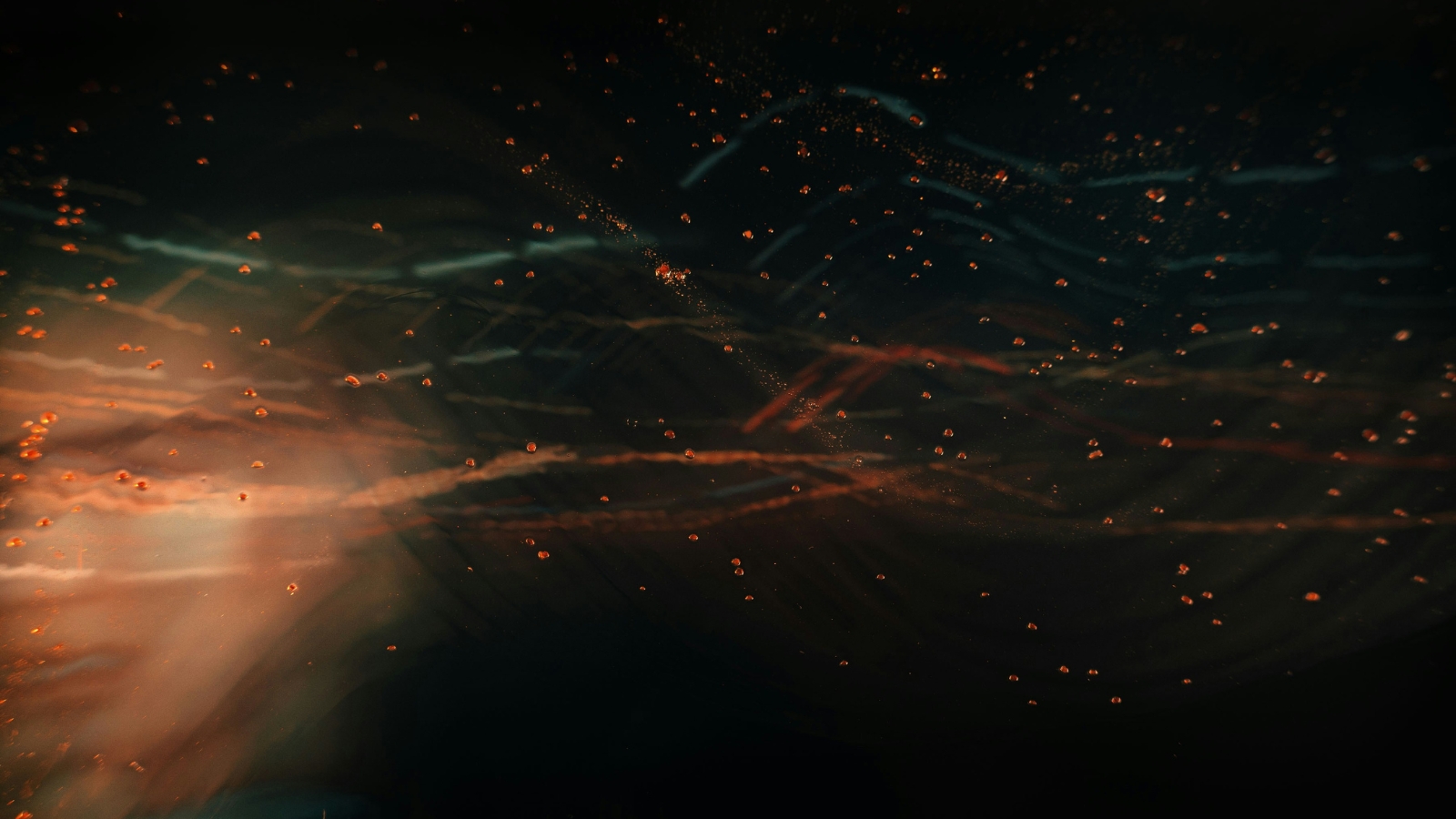
Reflections on Meeting the Oracle
So did I meet the Pythia? Skeptically-minded folks, those who tend more toward materialistic points of view, might scoff at the idea of a possible encounter with the oracle. To meet a literal Sybil entails believing in ghosts or gods, which, to them, is a silly prospect. On the other end of the scale, the more traditionally religious among us might feel offended by my efforts to practice a tradition that isn’t mine and that arguably died centuries ago.
Those of a self-consciously spiritual orientation could express a wide range of possibilities for meeting the oracle that varies according to individual belief: that someone could channel the oracle for me; that I could reach her via séance; that the rocks themselves are alive and I could learn to talk to them. Dreams circumvent these arguments. Dreams do not require belief to bring about extraordinary experience.
I’m not concerned with making any claims about whether my interaction was “real” or not. It doesn’t contradict or confirm anyone else’s belief. For me, the richness of the encounter lies in experience. I performed a ritual of cleansing. I followed a path that pilgrims walked for centuries. I had some cool dreams. My interaction with Delphi was powerful and memorable. For me, that’s what matters.
Humans love to experiment with consciousness in part because playing with how we experience self sparks creativity. When we manage to transcend regular modes of perception, we achieve the visionary experience that so many artists seek for inspiration. When the very act of being seems out of the ordinary (literally extraordinary), we find the urge to express what lives in our imaginations, whether the result is a painting, piece of music, dance, a set of Tarot cards, or merely takes the form of living a more expressive life.
This artful life does not require belief or adherence to any set of proscribed actions. It is a loop in which creatively approaching being, in turn, produces creativity. We all share the hunger for new experiences of consciousness, for the visionary experience. The door opens every night.


